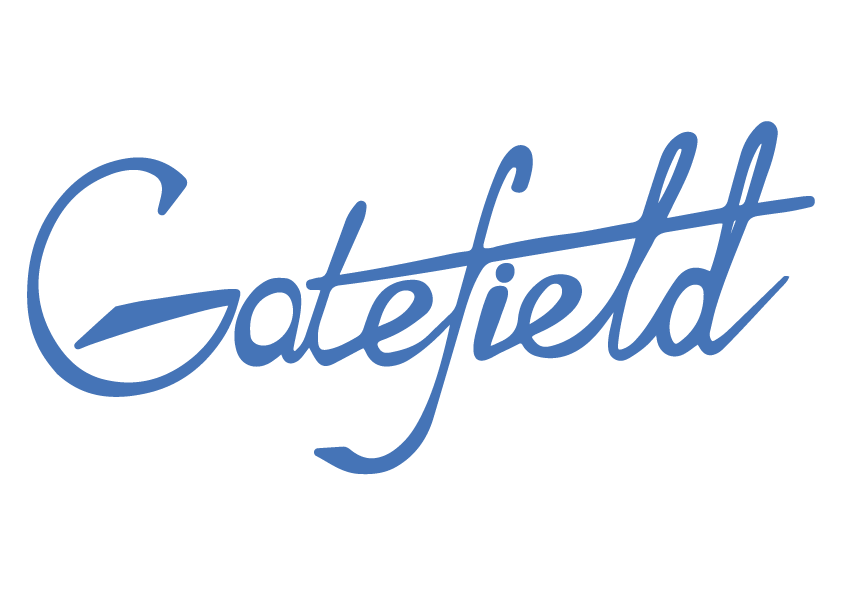Speed chases moments. Velocity follows a direction. The difference matters.
The complexity of today’s challenges—from public trust erosion to digital safety, from policy reform to perception change—demands more than talent. It demands fluency. It is not something you hire for. It’s something you build. And you build it with rigor.
At Gatefield, we have embedded this insight into how we work. For us, change matters, and the margin for error is narrow. That’s why we don’t rely on individual brilliance. We build collective fluency, investing in the skills, systems, and standards that enable teams to deliver under pressure, navigate ambiguity, and move with purpose. We cultivate the habits, rituals, and rhythms that make excellence predictable.
Be Ready For What’s Coming
We are living in a world changing faster than institutions can adapt. Whether in public sector transformation or cause-led storytelling, the teams shaping tomorrow are the ones preparing for it today.
In a deeply complex and contested landscape, talent and passion alone are not enough. Teams must be equipped, and they must learn relentlessly.
At Gatefield, we don’t train because something is broken. We train because we know what’s coming. And we want to be ready.
That’s why we designed RIGOR—our internal learning architecture—to help today’s changemakers build the operating muscle that high-impact work demands.
RIGOR is a sharp, skills-based immersion into the methods that drive our work. Structured to reflect the multidimensional nature of changemaking, RIGOR anchors deep thinking in precise, repeatable practice.
We have built in sprints on:
- Behavioral insight and influence frameworks
- Data storytelling and visualization
- Narrative design and message framing
- Policy structure and systems thinking
- Visual research and design principles
Why It Matters
In our recent survey of 25 Nigerian newsrooms, only 12% reported offering monthly staff training.
In a country where public trust, policy, and perception are actively shaped by civic institutions and media, this is a crisis hiding in plain sight.
Across sectors, we see the same patterns:
- Training is reactive, not proactive.
- Excellence is viewed as innate, not cultivated.
- Learning is treated as onboarding, not embedded into culture.
But in sectors where public influence, strategic communication, and civic engagement are mission-critical, the absence of structured learning is a strategic risk.
What We Know
From designing and delivering internal learning across our teams, three insights stand out:
- Quality becomes standard.
When teams align on what “good” looks like and how to deliver it, excellence becomes replicable. - Capacity gets distributed.
A culture of rigor reduces dependency on individual stars and builds resilience through shared strength. - Confidence grows with clarity.
When people understand the “why” behind the work, they execute with purpose and take ownership.
And this is why more organizations need to move learning from a support function to a core operating principle.
Because rigor isn’t an event. It’s a culture.
The Future Belongs to Learning Organizations
In a world of rising complexity and fragmenting attention, outcomes will be determined by teams that are clear, practiced, and prepared. To make change durable, advocacy must be fluent, and narrative infrastructure must be intentional.
The teams that will matter tomorrow are training for it today. And they are doing it with intention, structure, and velocity.
If your organization’s work is complex, high-stakes, and public-facing, learning cannot be episodic. Leading in this era means investing in the systems, talent, and capabilities that enable your team to speak clearly, act strategically, and move with direction.
Where Gatefield Comes In
We don’t just equip our own teams with fluency. We partner with organizations to embed the systems and standards that make impact scalable.
Whether it’s:
- Designing internal learning programs,
- Building narrative strategy toolkits, or
- Leading high-pressure message sprints—
We help teams build the infrastructure to influence systems and perform under real-world conditions.
Let’s talk.



